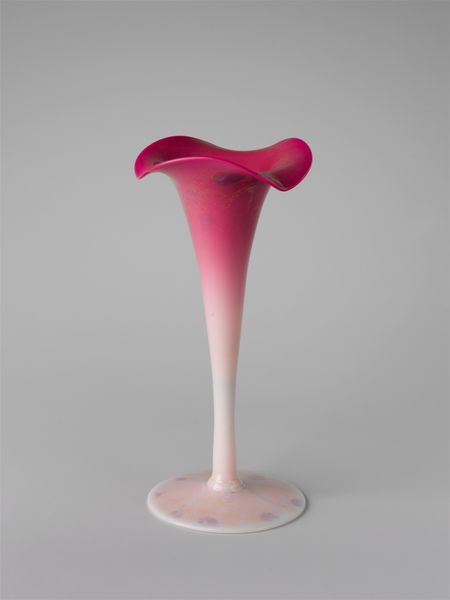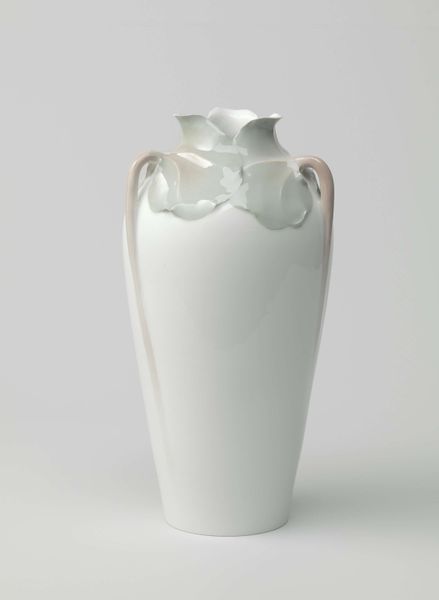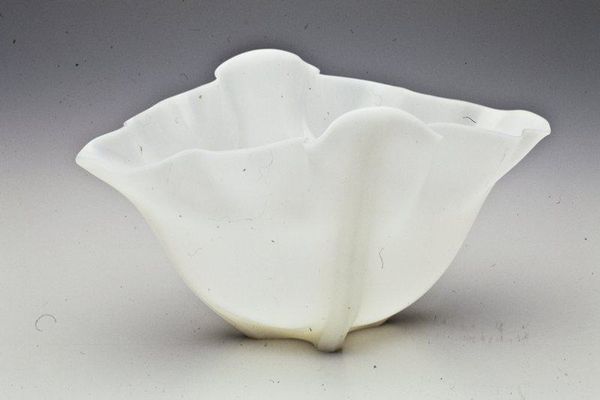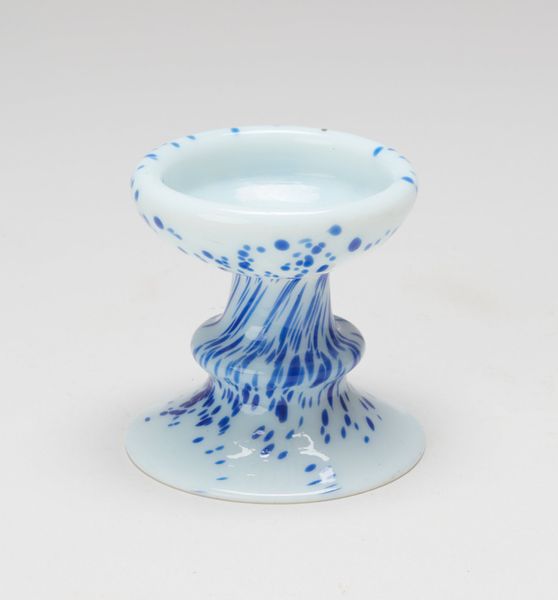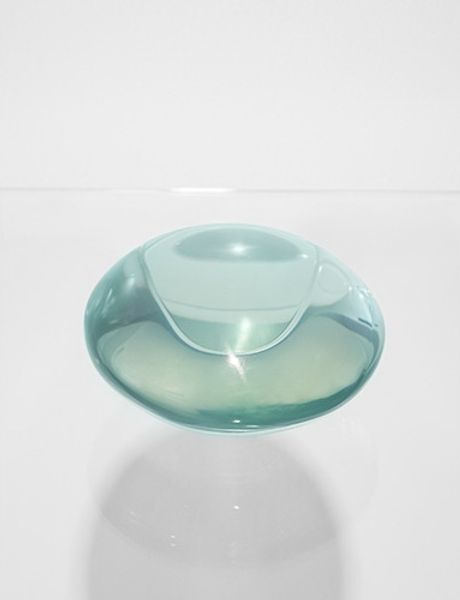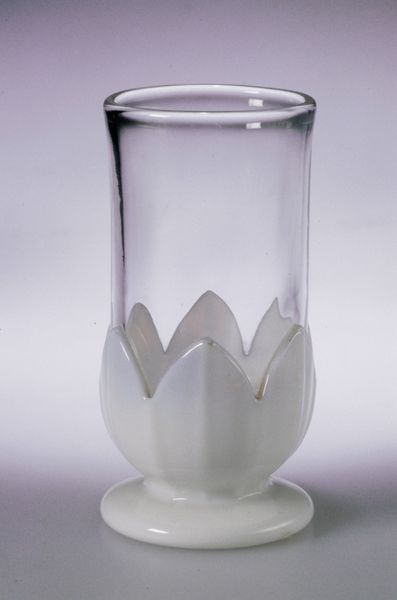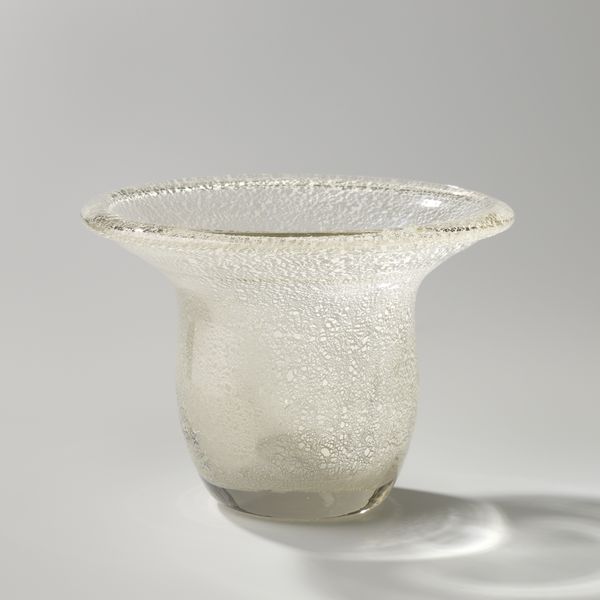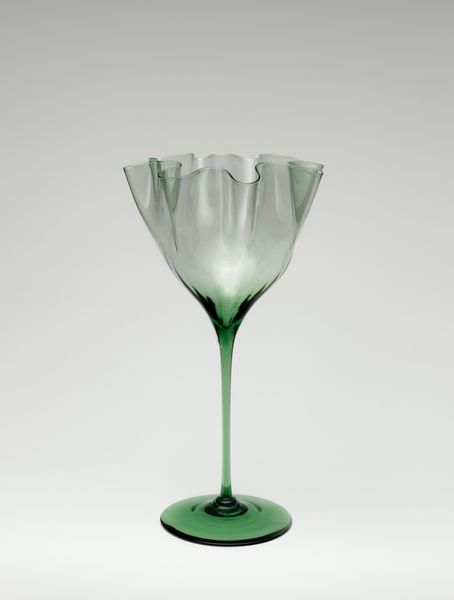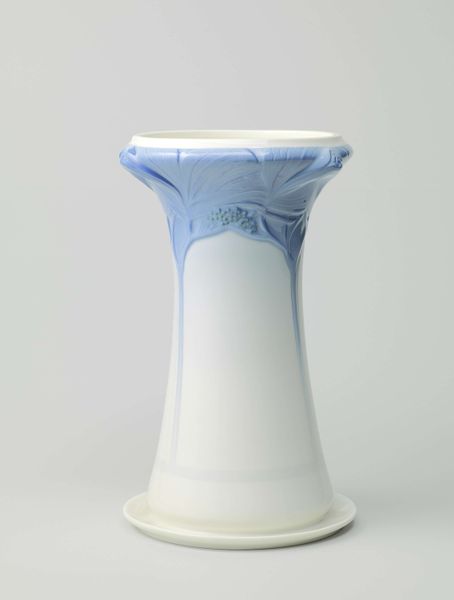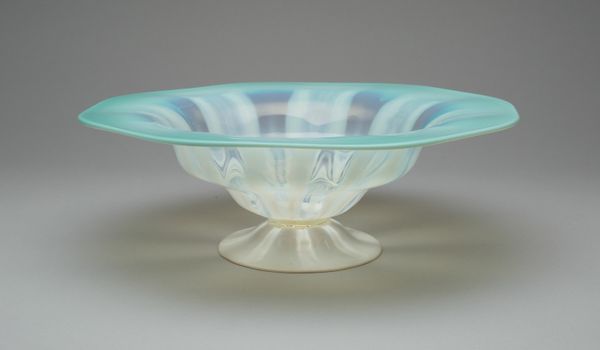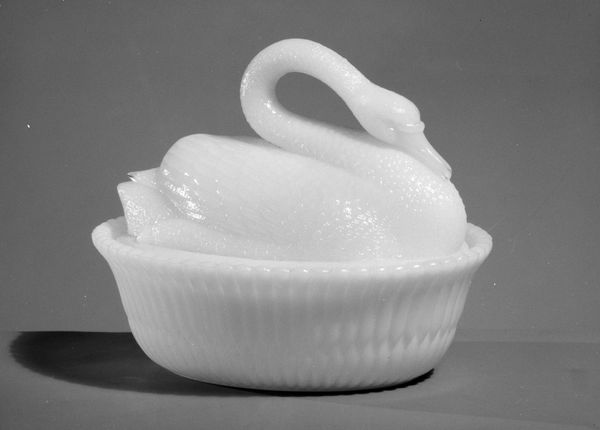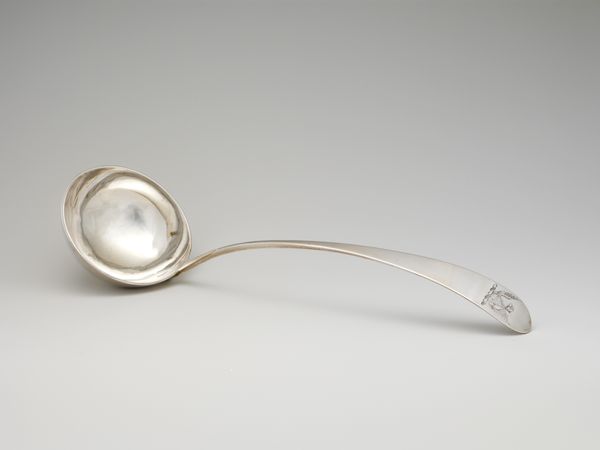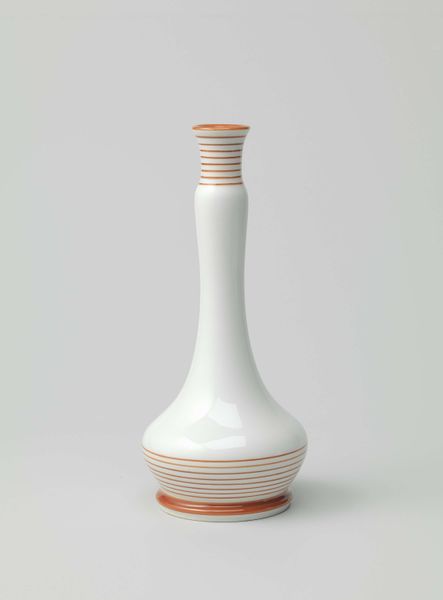
glass, sculpture
#
glass
#
sculpture
#
ceramic
Dimensions: H. 4 5/8 in. (11.7 cm); Diam. 6 1/2 in. (16.5 cm)
Copyright: Public Domain
Editor: This elegant "Compote," crafted by the Mount Washington Glass Company between 1882 and 1887, is an interesting example of late 19th century glass work. I’m struck by how ethereal and delicate it appears. What meanings or cultural connections do you see in it? Curator: It evokes a sense of ritual and elevated domestic life, doesn't it? Think about what a compote dish represents – a vessel for preserved fruits, symbols of plenty and prosperity. The twisting base, like a serpent rising or perhaps intertwined DNA, infuses it with latent energy. This era had many references to the Edenic garden in domestic spaces. What do you imagine might have been placed within? Editor: Perhaps prized, seasonal fruit, turning the everyday act of eating into something special, even ceremonial? Is there a relationship between color choice and this reading? Curator: Precisely! The opalescent glass itself is evocative. The choice of off-white color – almost a milky, ethereal glow – ties into the themes of purity, abundance, and perhaps even an idealized vision of domesticity. Colors shape our perception. It’s not just a container but a symbol presented on a pedestal, almost. Editor: So, the glass compote elevates something as simple as fruit to a symbolic level, touching on themes of wealth and almost…spiritual purity through the color choice and formal presentation? I hadn’t thought about that interplay before. Curator: It tells a silent story about societal values. Examining objects like this lets us appreciate that the “simple” can often be incredibly dense with cultural meaning. Editor: I’ll definitely see these everyday objects in a new symbolic light from now on.
Comments
No comments
Be the first to comment and join the conversation on the ultimate creative platform.
